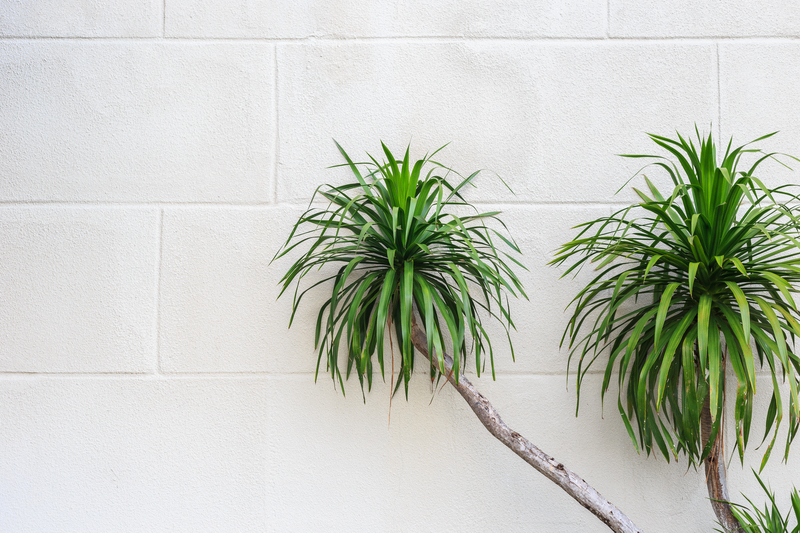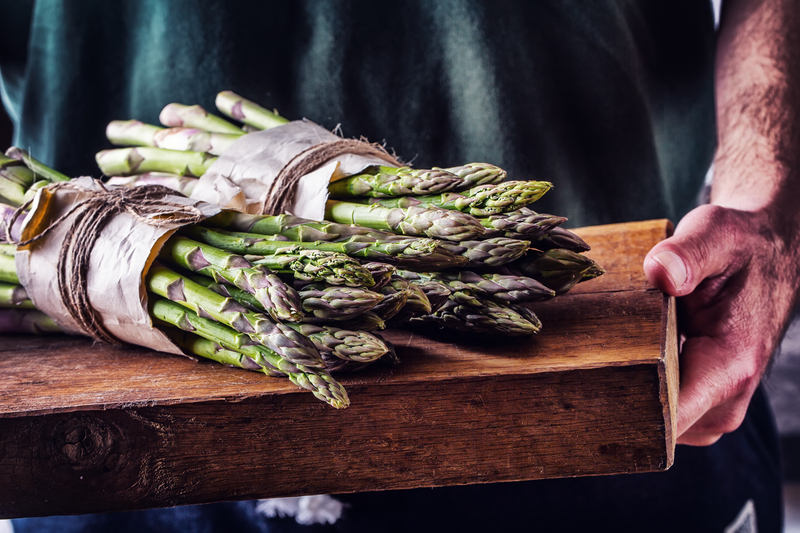9 Ground Cover Plants That Thrive in UK Gardens
Posted on 15/05/2025
Introduction to Ground Cover Plants
Ground cover plants play a vital role in enhancing the beauty and functionality of gardens, especially in the UK, where varied climates can present unique challenges. These plants thrive close to the ground and provide a natural carpet that can help suppress weeds, prevent soil erosion, and add a seamless visual flow across your garden. In this article, we will explore nine ground cover plant varieties that flourish in UK gardens, offering both visual interest and practical gardening benefits.

The Benefits of Ground Cover Plants
Before diving into our list, it's crucial to understand the advantages of integrating ground cover plants into your garden:
- Weed Suppression: By forming a dense mat, ground covers limit the sunlight reaching the soil, thus hindering weed growth.
- Soil Protection: These plants help in preventing soil erosion, especially during heavy rainfalls common in the UK.
- Moisture Retention: Ground covers help keep the soil cool and moist, reducing watering needs.
- Visual Appeal: They add layers and textures, enhancing your garden's aesthetics all year round.
9 Top Ground Cover Varieties for UK Gardens
1. Ajuga Reptans (Bugleweed)
Popular for its striking foliage and seasonal blue flowers, Ajuga Reptans is an evergreen perennial that thrives in shaded areas, making it perfect for UK gardens that lack sunlight. It spreads rapidly, providing effective ground coverage with little maintenance needed. The reddish-purple leaves add a splash of color, especially in spring.
2. Pachysandra Terminalis (Japanese Spurge)
Pachysandra Terminalis is a hardy evergreen ground cover plant that performs well in shaded garden areas. With its glossy leaves and small white flowers that bloom in early spring, it forms a lush and attractive carpet, perfect for enhancing challenging garden spaces.
3. Vinca Minor (Lesser Periwinkle)
Known for its beautiful violet-blue flowers, Vinca Minor remains a favorite in many UK gardens. This robust plant can thrive under various conditions, including full sun, partial shade, or deep shade. Its long trailing stems make it an ideal choice for covering slopes and banks.
4. Heuchera (Coral Bells)
Available in a vast array of colors and textures, Heuchera or Coral Bells are renowned for their stunning foliage. They are vigorous plants that prefer well-drained soil and can tolerate shaded conditions. They add a burst of color and work excellently as borders or fillers in garden beds.
5. Sedum (Stonecrop)
Resilient and drought-tolerant, Sedum varieties offer vibrant foliage and blossoms that attract pollinators. They can prosper in sunny spots with minimal care, making them perfect for rock gardens and well-drained sites in UK gardens.
6. Galium Odoratum (Sweet Woodruff)
This plant is renowned for its sweet aromatic leaves and delicate white flowers that bloom in spring. Galium Odoratum prefers shady, moist environments, making it the ideal choice for planting under trees or in other naturally damp garden regions.
7. Epimedium (Barrenwort)
Epimedium thrives in shaded garden areas and is often revered for its resistance to pests and diseases. With heart-shaped leaves and stunning pink to yellow flowers, it adds an elegant touch, growing well in dry shaded conditions like under trees and large shrubs.
8. Thymus Serpyllum (Wild Thyme)
Thymus Serpyllum is a versatile ground cover that flourishes in sunny spots. Its aromatic leaves and small pink to purple flowers attract bees and butterflies, providing both aesthetic and ecological benefits. Ideal for dry, sunny areas, it also makes for a fragrant addition along paths and borders.
9. Campanula portenschlagiana (Dalmatian Bellflower)
With its beautiful bright blue to violet cup-shaped flowers, Dalmatian Bellflower offers vibrant color from late spring through summer. It is suitable as a ground cover or trailing plant on walls and rockeries. This hardy flower does well in both sun-drenched and partially shaded areas, adding a fairy-tale charm to any garden space.

Tips for Planting Ground Covers in UK Gardens
To ensure success with ground cover plants, follow these tips:
- Prepare the Soil: Amend the soil with organic matter to improve drainage and nutrient content.
- Plant in the Right Conditions: Select plants suitable for the light and moisture levels of your garden spaces.
- Mulch for Best Results: Mulching helps retain moisture and suppress initial weed growth as your ground cover plants establish themselves.
- Regular Maintenance: Keep an eye on your plants, pruning where necessary to encourage dense growth and remove any invasive weeds.
Conclusion
Ground cover plants are not only functional but can also enhance the visual appeal of your UK garden all year round. By selecting the right varieties and planting them in suitable conditions, you can achieve a lush, low-maintenance landscape that thrives effortlessly. Whether you're aiming to suppress weeds, prevent erosion, or simply add beauty, the right ground cover plants will redefine your garden space with elegance and ease.



